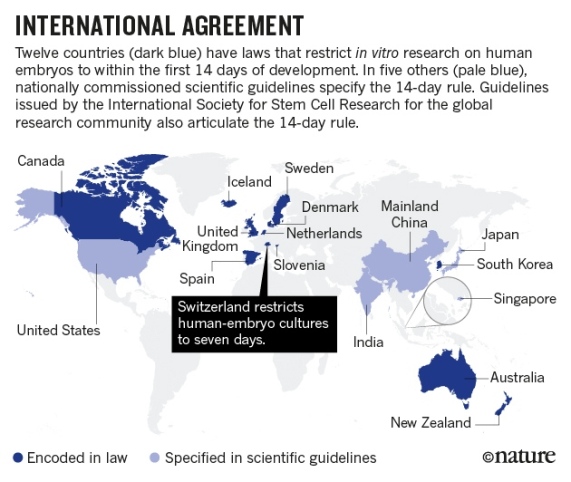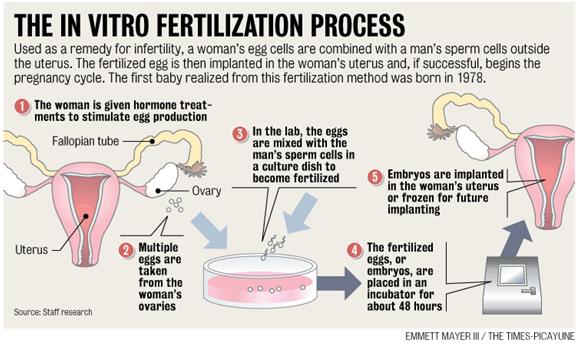The Roman historian Cicero wrote: “The first law of the historian is that he shall never dare utter an untruth, the second is that he shall suppress nothing that is true, moreover there shall be no suspicion of partiality in his writing” however… Contemporary historians understand that there are biases in all the information we attain. For example, we see in the quote that Cicero assumed that all historians would be male, which was the case when he wrote more than 2,000 years ago, but obviously is no longer true now. Levels of bias can vary in sources, from the extreme right-wing paranoia of Breitbart News with its partisan ramblings about conspiracies involving Hillary Clinton, to more subtle biases such as the verbal acrobatics politicians employ to avoid suggesting that Taiwan is a fully-fledged country, as its leaders maintain. And, as Cicero recognised, there are errors of omission, such as the Nazi party’s efforts to ignore and underplay the success of black athletes at the 1936 Berlin Olympics.
 How Soviet Propaganda Presented Collective Agriculture in the 1930s
How Soviet Propaganda Presented Collective Agriculture in the 1930s
Knowledge can be attained from sources influenced by bias and selection, but ultimately all sources are influenced by the cultural context in which they were created. Historians therefore have to recognise and acknowledge the bias of the sources they are using and to use those sources to give specific knowledge in their attempts to understand the past. Sources should be evaluated, rather than used unquestioningly, and the biases may themselves reveal much about the intention and concerns of the creator. For example, a Soviet government photograph depicting tractors working on a collective farm in the 1930s may not show you what agriculture was actually like at that time, however the photo reveals much about the Soviet’s preoccupation with heavy industry, and Stalin’s desire for the collectivization of peasant agriculture to be seen as successful.
Historians recognise the ubiquity of bias, and history as an area of knowledge is comfortable at analysing the bias of sources and indeed the bias of historians themselves. For example, the naval historian James Davey in his book “In Nelson’s Wake”, uses sources as diverse as the letters and diaries of British naval officers, court-martial records, and a range of pamphlets and newspapers from the period of the Napoleonic War, as well as printed secondary sources by other historians. None of these sources could be said to be without bias, but Davey collates and reviews them to structure his narrative of the Royal Navy fighting in the final ten years of the Napoleonic wars. However, whilst historians are comfortable to acknowledge and manage bias when they evaluate the usefulness of sources, this is not true in other areas of knowledge.
Here is a video showing the Thermite reaction
A central belief in the natural sciences is that scientific discoveries are replicable or reproducible by anyone, anywhere, regardless of the beliefs of the scientists conducting the work. For example, the thermite reaction in chemistry is a process in which a mixture of metallic fuels is combined and ignited. Provided the correct methods are followed, and the right chemicals used, this reaction will play out the same way anywhere on the planet, whether or not the people involved understand the chemistry involved. When bias creeps into the natural sciences this can lead to findings which cannot be replicated and are eventually discredited because the data from the experiments are not consistent and the conclusions are not valid. For example, Chris Lee writes about confirmation bias in science and how to avoid it and describes the N-ray experiments done in France during the 19th century. Driven by national pride, French scientists claimed to have discovered so-called N-rays in an attempt to undermine the German discovery of X-rays. Lee describes how N-rays were “an ephemeral thing: observed only as a corona around an electric discharge from certain crystals”. They could only be seen by the human eye, making them difficult to measure. However, an American scientist, Robert Wood found that the N-rays failed to vanish when their source was removed and that the desire of the researchers to make a finding had blinded them to the truth. No amount of bias or belief on the part of researchers can overcome the constraints of the scientific method and the demand for replicability.
History as an area of knowledge embraces bias and selection and synthesises that bias as part of its analysis. Historians can accommodate bias in the sources they use and gain valuable insight into events in the past and the intentions of people in history. Different historians can use the same source differently as part of their analysis. The Natural Sciences on the other hand are an area of knowledge where consistency and replicability and objectivity are paramount. Scientists studying the thermite reaction, for example, cannot draw different conclusions on the underlying chemical reaction because the scientific method can generate only one true outcome. Therefore, it is possible to obtain knowledge despite bias in history but not in the Natural sciences because each historical event is unique whereas science is about studying universal and replicable findings.
























